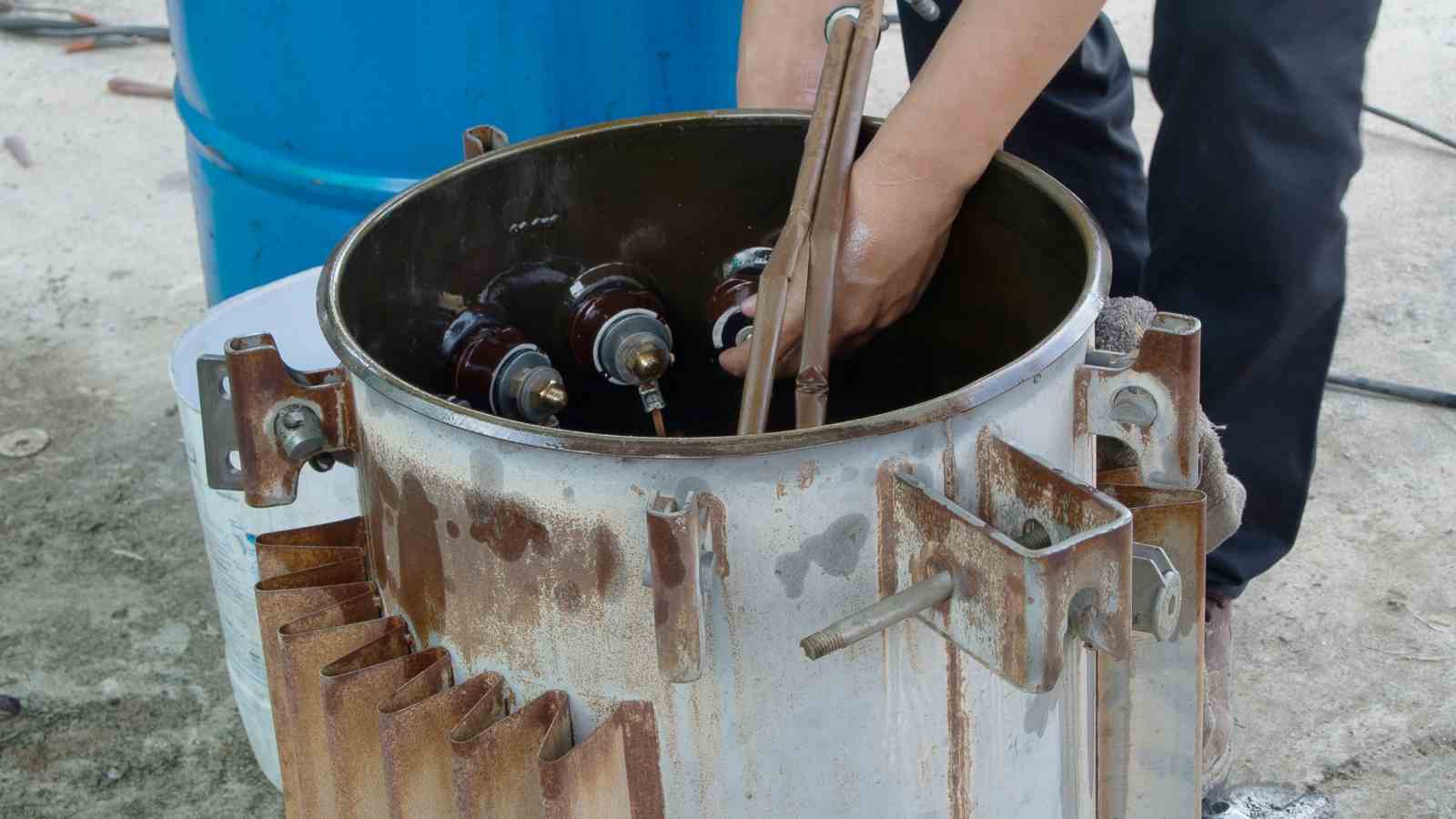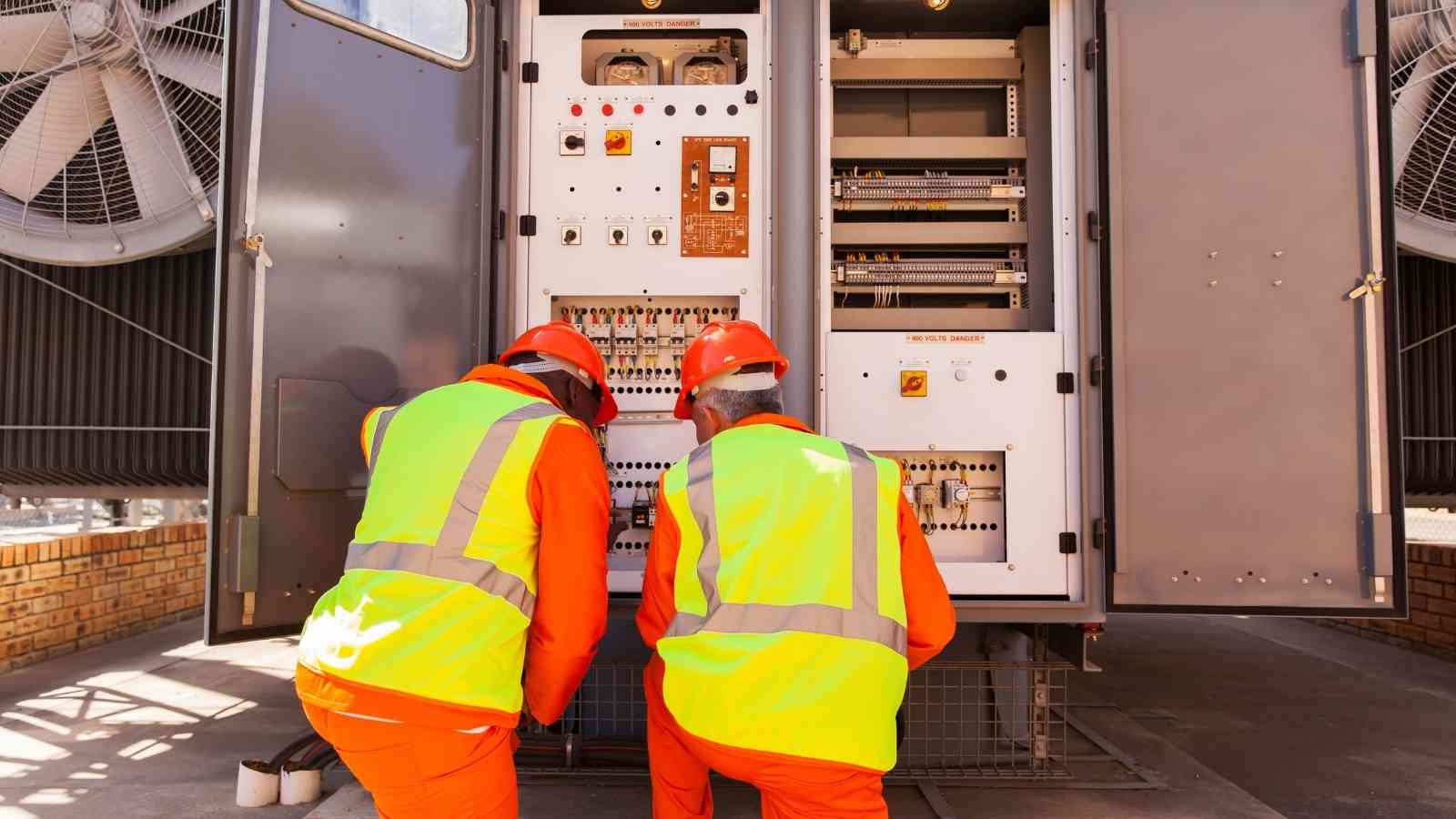When it comes to electricity, you can never be too careful. Having malfunctions in your system can affect your organization in various ways, sometimes with disastrous consequences. Transformers and other electrical components are no strangers to oil leakage, a major problem for companies dealing with power supply, power generation, and transformation.

Much more than just a simple defect, it presents a serious hazard for your employees. Sever oil leakage will shut down your transformer, resulting in power outage and pollution. Compliance is yet another concern: faulty equipment might cost you a lot of money if you don't take the necessary measures for repair. Luckily, you have skilled professionals at your disposal to take care of the situation. Check this website for more.
Where Does It All Start?
It helps to be aware of the causes of oil leakage for different reasons. You'll be able to explain the problem to the repairmen, and they'll finish the job much sooner. Also, it gives you protection against dishonest services that might try to charge you more for no reason.
The usual starting point of leakage is the sealant. If you're wondering what makes a good sealant, oil resistance is the critical factor. For instance, low resistance will result in fast-aging and cracking, inevitably leading to leakage. Overheating is another problem; high temperatures cause the sealant to break much sooner than expected, once again resulting in unwelcome leaks.
Apart from sealants, plate butterfly valves are the other common leakage points. Modern transformers usually use high-quality components, but older models typically use a single-layer, rough butterfly valve that wears down quickly. Knowing these basic technicalities will help you choose the right element and protect you from losing money on emergency expenses in the future.
Even if the parts themselves are perfectly fine, your system can suffer from poor installation. The top priority is to stress the sealant evenly, which isn't always the case because of poor flange connection. Then, you might have a dislocated flange joint, again resulting in uneven sealant stress and, you guessed it, oil leakage.
If you're installing a brand new transformer, supervising the transportation process is more important than you might think. And why is that? If the transport is done irresponsibly, the mechanical parts might collide and become deformed in the process, even crack at some points. You might not notice it at first, but you'll surely detect the leak later on.
Serious Consequences
Most companies will not think about these issues until something goes out of hand. This approach will cost you much more than employing a continuous maintenance program, ensuring your components are always in the proper order. If not, leaks can jeopardize both your company and the environment in various ways.
To repair a leak, you'll need to provide an extended outage for the equipment for obvious safety reasons. Unfortunately, many organizations can't afford the prolonged periods without electricity to do the repairs. It can result in severe profit loss, which regular checkups of your systems can effectively prevent.

Then, you have the problem of environmental pollution and waste. The leaking and dripping can lead to severe ecological damage, requiring frequent traveling from electric utility companies to ensure everything's okay. Traditionally, they've used different methods, like white spill sheets, to remedy the issue; however, this is now considered an outdated approach because it's pretty complex and time-consuming.
While discussing the environment, it's important to note that oil can easily get into groundwater. This is a pretty inaccessible area without specialized equipment, and damage reversal can be expensive. In some transformers, the paint is lead-based. This means that the oil can carry over the lead into the ground and contaminate it.
If you're dealing with old infrastructure, there's a high possibility that you'll have trouble finding replacement parts. Even if you do manage to locate them, they might cost a lot due to the scarcity. Or, they might no longer be available at all on the market. It gets even more complicated if you order custom manufactured parts: technicians will have to arrive and examine your transformer in detail. All this results in many lost hours for your business.
Finally, you have to consider how the public will respond if you care at all about reputation. Namely, visible leaks and drips aren't exactly a sight to behold, and people could quickly call you out for negligence and pollution. Competition has always been harsh, and you probably won't last long if you acquire the status of an unprofessional business.
The Benefits of Leak Repairs
Unfortunately, you can't turn away from a leak and hope it gets better over time. It takes immediate action to correct the damage, and experts have developed solutions that will ease your troubles in a few different ways.
The best in the business usually complete the repairs in less than an hour. This is immensely valuable for any organization. Going for days without power is a company's nightmare. Luckily, in certain situations, especially if the location's convenient, professionals can repair the transformer while it's energized. Usually, this is the case with large transformers, where the leak is on a radiator's bottom.
Traditional methods for transformer & electrical component leak repairs involved procedures like gasket replacement and insulator disassembly. These take a long time and are now seen as unpractical. Modern repairs use materials that don't expose the transformer to humidity and ceramic breakage. Also, they are done faster for a much lower cost.
In the past, you would need a larger group of people to complete a repair. Now, you can let your personnel focus on more critical projects; leak repairs usually need only one safety observer. Also, oil leakage is not exactly an everyday occurrence, so chances are you can schedule the work immediately.
While repairing is inevitable in the long run, it's will make quite a difference if you take timely preventive measures for your components. Sure, you can apply DIY solutions in case of a minor issue, but for more troublesome leaks, you'll have to leave it to the pros.
